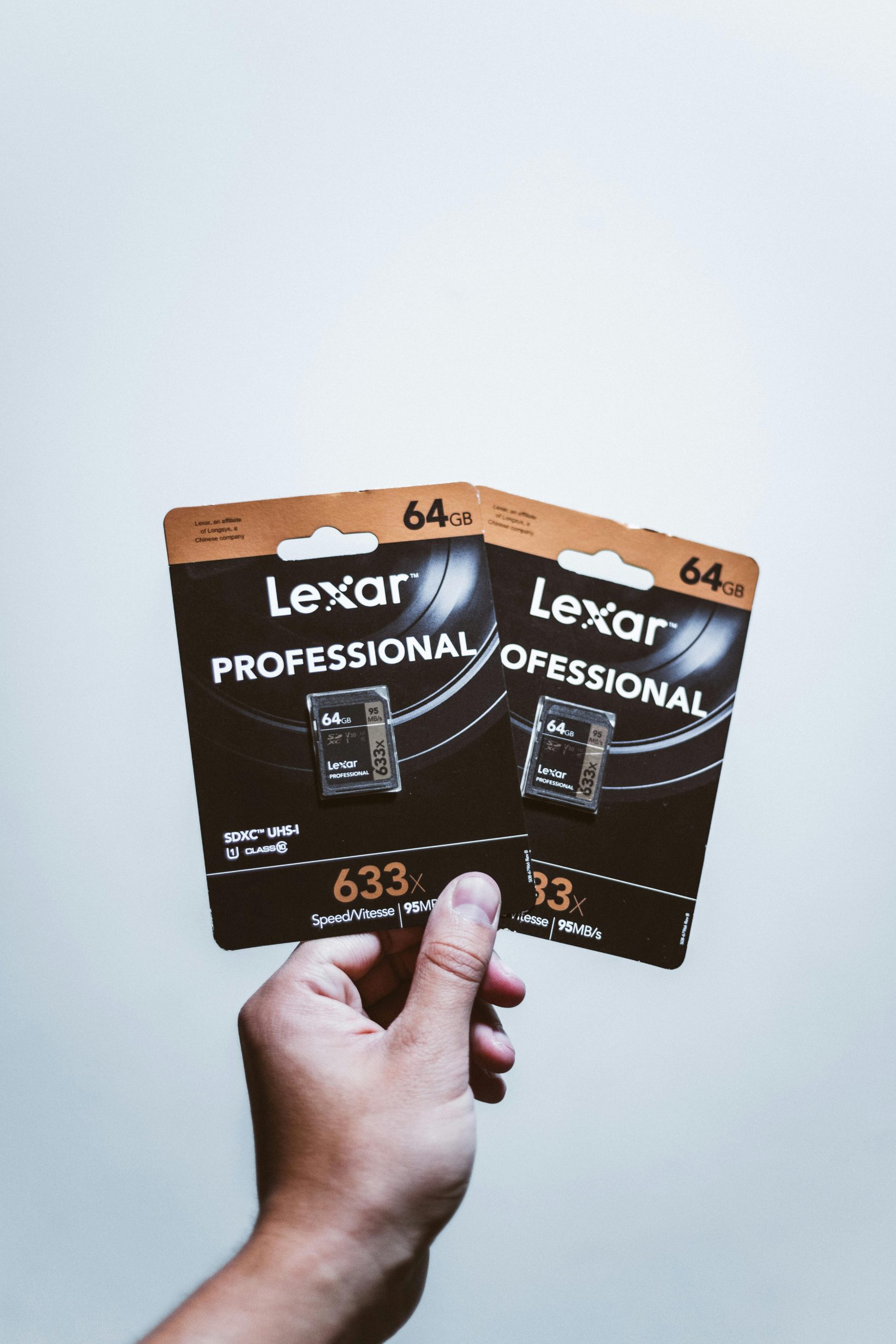Navigating the Complexities of Selling Delidded CPUs: A Recent Experience
Recently, I encountered an intriguing situation while selling a delidded i7-7700K processor. For those unfamiliar, a delidded CPU has had its heat spreader removed, often to enhance cooling performance. This particular transaction highlighted not only the importance of clear communication but also the need for a thorough understanding of the risks involved in handling such delicate hardware.
Detailed Instructions for a Smooth Transition
Prior to completing the sale, I invested significant time—nearly 1,700 words—crafting a comprehensive set of instructions for the buyer. This included links to detailed guides and video tutorials designed to facilitate a smooth installation. Given that I hadn’t resealed the processor, I made sure to send the remaining Thermal Grizzly Conductonaut that I used and advised the buyer to purchase additional liquid metal if necessary. This precaution was all the more vital as a proper application is critical for optimal performance.
Unfortunately, despite my warnings, it seemed the buyer did not heed them; he applied liquid metal hastily, seemingly overlooking key precautions, including monitoring core temperatures as I had recommended. The fallout was immediate: he reported that only half of the cores were being recognized in system monitoring tools like CPU-Z.
Troubleshooting the Core Issue
While the processor was correctly identified in the BIOS, the discrepancy in Task Manager and CPU-Z raised concerns. I guided him through adjusting the msconfig settings, ensuring “Normal startup” was selected and confirming the number of processors was not limited in the Boot Advanced Options. After double-checking these settings, he managed to get all four cores and eight threads recognized after some initial confusion.
However, the situation was far from resolved. His reported idle temperatures caused me to pause for thought. The readings were alarmingly high, raising red flags about whether the liquid metal application was sufficient and effective. Despite my initial hesitations, I considered advising him to remove the CPU for a more thorough application of liquid metal—cautiously recommending he cover both the die and the integrated heat spreader, as I had emphasized from the outset.
A Learning Experience
Ultimately, I did my best to convey the nuances and potential pitfalls of handling a delidded CPU. Even when it became evident that he was not the most suitable candidate for this level of hardware management, he was determined to pursue the purchase.
After helping him rectify the core recognition issue, I made it clear that the
Share this content:



